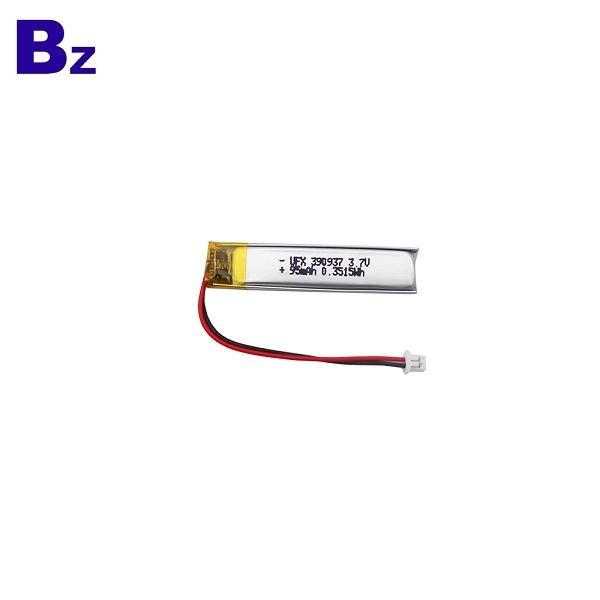There are two reasons for the excessive self-discharge of lithium-ion batteries: physical micro short-circuit and chemical reaction.

1. Physical micro short circuit
There are many situations that cause physical micro short circuits, which are divided into the following categories:
a. dust and burrs
Many manufacturers’ self-discharged batteries will find black spots on the diaphragm when they are disassembled. The middle position is the majority of dust breakdown, and the edge position is the majority of burrs. This is easier to distinguish;
b. Positive materials metal impurities
Why should this be classified into this category? In fact, the metal impurities in the positive electrode will also break through the separator after the charging reaction, forming black spots on the separator, and causing physical micro-short circuits; for example, many positive electrode lithium iron materials will face The problem of excessive self-discharge is caused by excessive iron impurities.
c. negative materials metal impurities
Due to the formation of the primary battery, the metal impurities in the negative electrode will be released and deposited on the diaphragm to cause the diaphragm to conduct and form a physical short circuit. Some low-end negative electrode materials often encounter this situation;
d. Metal impurities in auxiliary materials: such as adhesive tape
2. Chemical reaction
a. Moisture causes the electrolyte to decompose and releases a large amount of electrons. The electrons are then embedded in the positive electrode oxidation structure, which causes the positive electrode potential to drop, resulting in low voltage; in addition, moisture is a catalyst in the entire battery, which will generate strong Lewis acid, thereby Continuously corroding the SEI film, consuming the lithium source and causing low battery voltage.
b. Electrolyte solvent
The addition of some electrolyte solvents will cause the battery voltage to drop too fast. Possible mechanism: These solvents are not resistant to oxidation, and slow chemical reactions occur during storage, which consumes capacity and causes the voltage to drop.
c. The SEI film is not formed well
During the storage process, the warehouse has a certain temperature, which causes the SEI film to fall off and re-react, resulting in battery flatulence and low pressure.
d. Poor packaging
Over-sealing of the lugs may cause corrosion of the lugs and consume the low voltage of the lithium source; over-sealing of other locations may cause the electrolyte to penetrate the CPP layer to corrode the aluminum foil, causing the aluminum-plastic film to perforate and entering moisture to cause low-pressure flatulence.
In many cases, flatulence and low pressure appear together, and in this cases they are often more serious; the most common low pressure is caused by dust and burrs.



